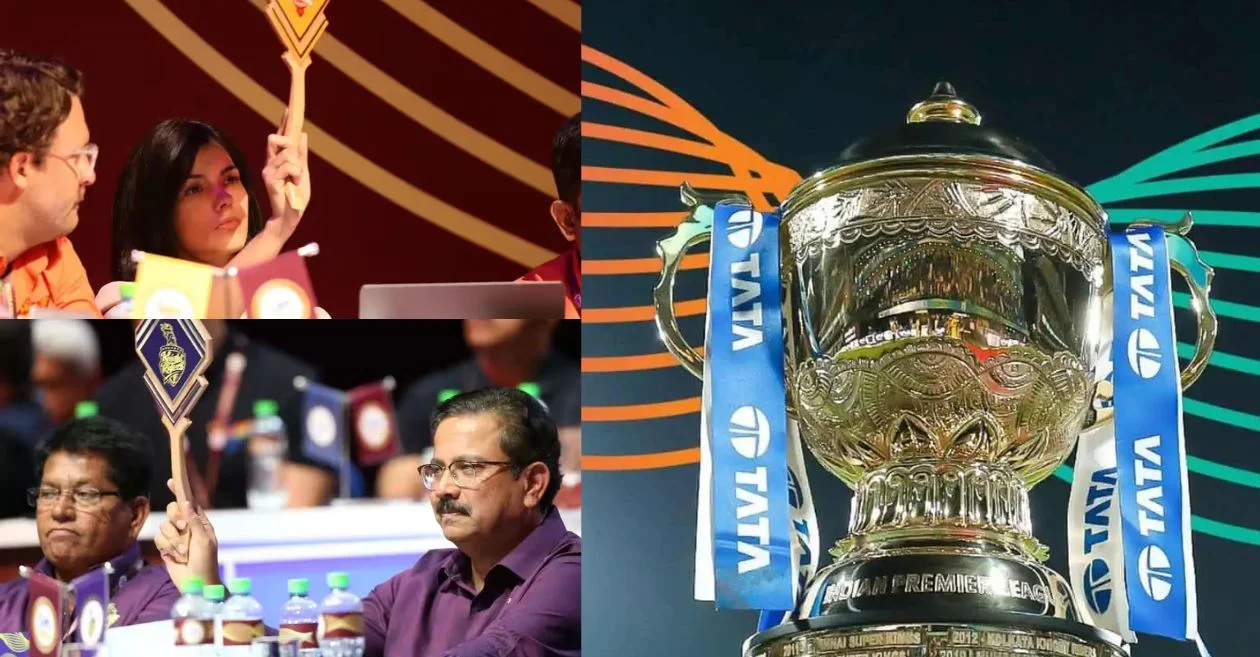The Indian Premier League (IPL) is gearing up for yet another mega auction ahead of the 2025 edition, adhering to its three-year cycle. While these auctions have been a defining feature of the IPL, they have sparked considerable debate among franchises. The frequent restructuring, though designed to maintain competitive balance, has faced criticism for disrupting team stability and player development.
The Case for a Five-Year Auction Cycle
Franchises’ Concerns: Stability and Player Development
A senior official from one IPL franchise has raised a compelling argument for extending the mega auction cycle to five years instead of the current three. According to the official, a longer interval between auctions would provide teams with more time to establish a core group of players and build continuity. This stability is seen as crucial for the development of team strategies and fostering player loyalty.
Financial Implications: Negotiating Contracts
An extended auction cycle could also address issues related to player pay scales. With a five-year gap, franchises would have more flexibility to negotiate contracts outside the auction period. This would allow teams to offer improved contracts to players who have demonstrated their worth over time, potentially reducing salary disparities and fostering long-term player commitment.
The Debate: RTM Options vs. Retentions
The RTM Proposal: Open Market Dynamics
Another significant area of debate is the concept of relying entirely on the Right to Match (RTM) options and eliminating the retention system. Supporters of this proposal argue that an open auction market, where a player’s value is determined solely through bidding, could enhance competition and fairness. It would ensure that players are valued based on their current market worth, rather than being locked into pre-auction retentions.
Risks and Concerns: Financial Chaos and Strategic Disruptions
However, detractors of the RTM-only approach caution against potential financial chaos. If franchises are forced to put their biggest stars into the auction pool, rival teams might engage in bidding wars to disrupt each other’s strategies. This could lead to inflated player prices and financial instability, making it challenging for teams to maintain a balanced roster.
A Balanced Approach: Retentions and RTM Options
Retaining Key Players: A Hybrid Solution
In response to the challenges of both retention and RTM options, a balanced approach has been proposed. Under this system, teams could retain one key player and use RTM options for others. This method seeks to combine the benefits of both systems: allowing the market to set player prices while providing some level of stability for core players.
Addressing Uncapped Players: The RTM Limit
There are also considerations regarding uncapped players who might prefer entering the auction for higher contracts. To address this, some have suggested allowing up to eight RTM options with no pre-auction retentions. This proposal aims to balance player market value with team stability, though reactions to this approach have been mixed.
Historical Context: The Evolution of Mega Auctions
Past Cycles: Four-Year Intervals and Impacts
Historically, the IPL has implemented mega auctions in a four-year cycle twice over the last decade. The first occurred in 2018, following the 2014 auction, and the second was in 2021, though it was delayed by a year due to the Covid-19 pandemic. Both times, franchises extended player contracts by an additional year to adapt to the changes. These historical precedents suggest that longer intervals between auctions may be beneficial for team cohesion and player development.
Proposed Changes: Salary Negotiations and Transparency
As part of the proposed changes, franchise officials have suggested allowing teams to renegotiate player salaries between mega auctions. This would enable franchises to retain their core players and provide fair compensation to those who were initially acquired at lower prices. The process would be transparent, with new contracts being declared to the IPL but managed directly by the franchises.
Cultivating Fan Loyalty: The Impact of Frequent Overhauls
Building a Loyal Fan Base: The Role of Continuity
Creating a loyal fan base is a critical goal for IPL franchises. Frequent squad overhauls, driven by regular mega auctions, hinder this objective by disrupting team continuity. Officials argue that a longer gap between mega auctions would help teams build stronger connections with their fans. Stability in player rosters allows for better fan engagement and fosters a deeper emotional connection with the team.
Investing in Talent Development: Long-Term Incentives
Franchises that have been part of the IPL since its inaugural season in 2008 have heavily invested in academies and grassroots talent development. A five-year auction cycle would provide an incentive for teams to continue these investments without the constant threat of losing their developed players to rival franchises. This stability would promote long-term growth and sustainability in player development.
The Need for a Thoughtful Approach
The ongoing debate surrounding the IPL’s mega auction cycle underscores the need for a thoughtful approach to balancing competitive fairness and team stability. While the current three-year cycle has its merits, exploring alternatives such as a five-year cycle or a balanced retention and RTM system could address many of the concerns raised by franchises. Ultimately, finding a solution that supports both the integrity of the competition and the development of players will be crucial for the continued success of the IPL.
Please check for information on the best betting sites in India – https://selectory.org/best-betting-sites/















